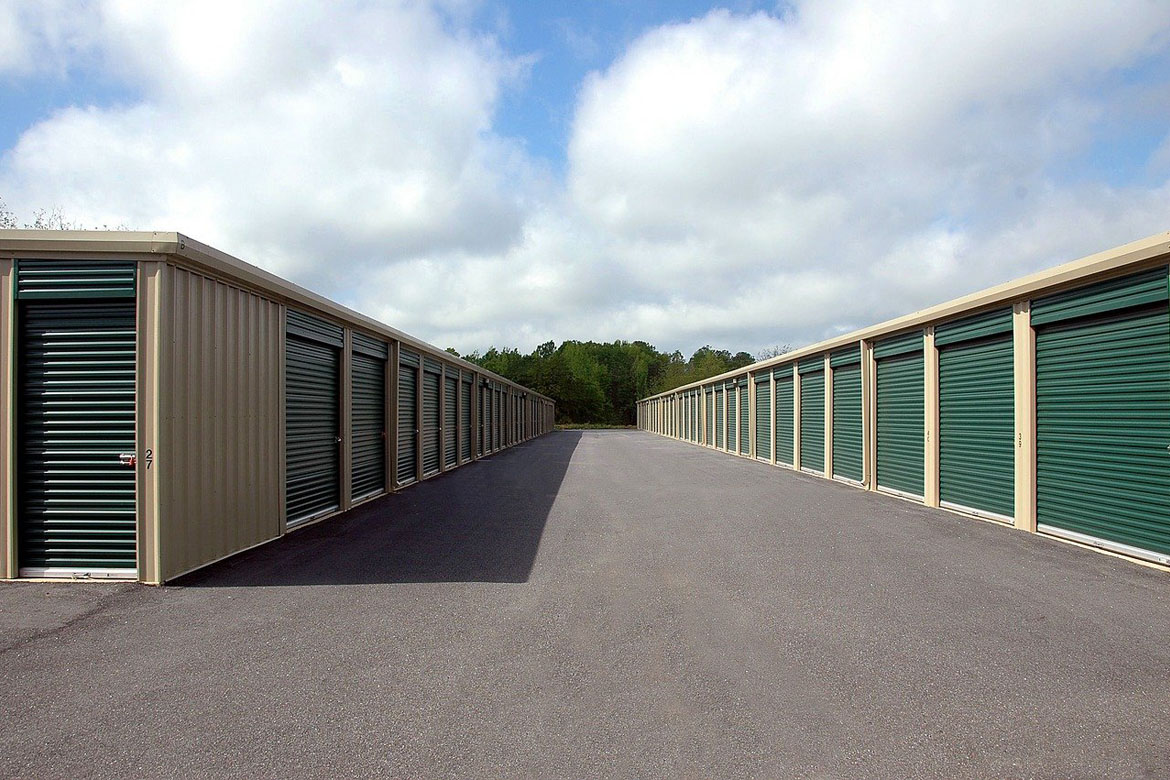5 Tips To Streamline Your Move – And Save Money In The Process
Moving can be both complicated and expensive – but planning ahead can help you avoid the most common annoyances associated with this activity. Thorough planning not only eases the moving process, but can also help you save money. Here are the top 5 tips and tricks that you should follow when moving:
1. Pick just the right time for your move
The costs of hiring a moving company, or renting a moving truck, vary depending on the season and the day of the week. Peak season for moving is May through September – so, if you can manage to move outside of this interval, you might benefit from discounted rates from moving companies or truck rental companies.
Also, booking a move during the week it’s usually less expensive than on the weekend – and there are added benefits to that, not just the financial one. Your future neighbors are more likely to be away during the “business hours” on a weekday, so you won’t cause them any discomfort with your move. A good start with the neighbors is always important. It might also be easier to find extra parking space on the street.
Another advantage of moving on a working day, and not during the weekend, is that you can easily get in touch with the utility companies if there’s an issue at your new home.
2. Shop around
Most moving or truck rental companies will provide free estimates of their services, and you should take advantage of that fact. Ask for estimates from at least four or five companies before deciding which one to hire. However, cost can’t be your only criterion. You need a reputable company with a good track record. Hit up Google, Yelp and other rating services, and research the companies. Compare the price estimates, the services that are included in the package, the company’s reputation and make an informed decision.
3. Consider renting self storage
Almost 40% of Americans are renting self storage, according to a recent StorageCafe article, and the main reasons for using this service are downsizing and moving. And indeed, self storage can be a huge help during a move. You can rent a self storage unit close to your new home and drop off or ship your belongings there as you pack them. This will significantly reduce the amount of “moving day” work. Also, it allows you to be thorough with both packing and unpacking, as you’re not pressed by time to get the job done in a day or two.
Self storage costs vary depending on where you live, but the costs are affordable. A 10’x10’ storage unit in Houston, for example, will cost you around $95 per month, while one in Boston hovers around $160 per month. However, the benefits are well worth it – you get to keep your belongings safe until your new home is ready, and you take most of the stress out of moving day.
4. Declutter thoroughly
Speaking of taking your time when packing, this single step can have a big impact on how expensive, and complicated, your move will be. Hiring a moving company, renting a truck, purchasing moving supplies – the cost of all these services is influenced by how much stuff you actually have. That’s why packing must go hand in hand with decluttering. You don’t want to spend time, money and effort on packing and moving items you barely, if ever, use:
- Pack and move only the furniture and the appliances that you are certain will fit into your new home. Have detailed measurements of the rooms and the door frames to ensure you are not transporting items that you won’t be able to fit inside the new home.
- A good rule of thumb regarding clothing and shoes is to let go of all the items you didn’t wear in the past year. If you didn’t need, or want, an item for that long, it’s unlikely you’ll be wearing it again in the future.
- Go through all your papers, pictures, magazines, and other such things. Keep only the ones that are important and meaningful. If you’re sentimentally attached to some of them, find better ways to hold on to them. You could create collages, albums or frame and display some of them on walls. Also, you could scan or take digital photos and discard the physical papers.
- Avoid packing duplicates as much as possible. If you have two (or more) of various small appliances, tools, utensils, pick the one you like best.
- Inspect everything that you pack to make sure it still works and is in good shape. Maybe you haven’t used an appliance in a while – plug it in before putting it in a moving box. The same goes for the other categories of belongings.
5. Deal with utility providers in a timely manner
Notify utility providers both at your old address and the new one about the date when you need your services switched off – and turn on, respectively. Take a meter reading (with pictures) at the old home on your moving day. That way, you have a record of how much you owe and can avoid being billed excessively if the utility company doesn’t switch you off when you requested.
Set up the new utility accounts at the new address so that you have everything ready on moving day – power, heat, water, internet and so on. Contact the local utility providers to ask how much notice they need in order to have your utilities up and running, and whether you need to be present for it. Try to schedule things in a way that minimizes overlaps. You don’t want to pay for internet or cable in two places at the same time.
Planning ahead is the only way to have a stress-free move that’s not too taxing on your bank account. Start preparations early on and set up a clear schedule of the entire operation. Happy moving!








